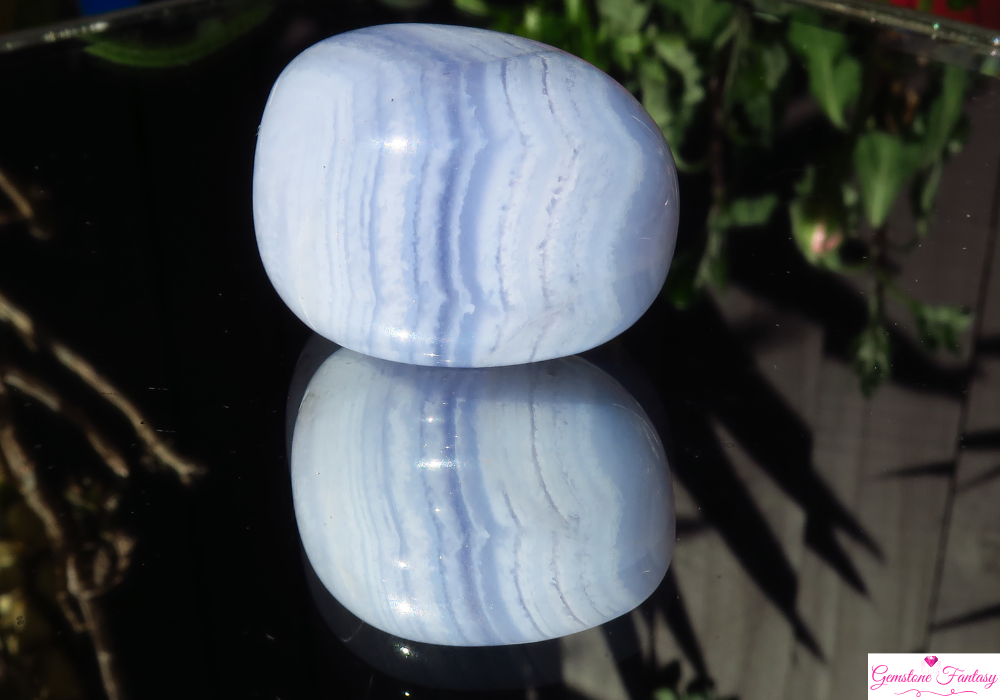Diamonds have long captivated humanity with their unmatched brilliance and strength. Known as the hardest naturally occurring substance on Earth, diamonds are more than just a symbol of luxury—they represent eternal love, power, and prestige. With a history that spans cultures and centuries, diamonds continue to be one of the most sought-after gemstones in the world. This article explores the fascinating formation of diamonds, their varieties, cultural significance, uses, and much more.
Geological Formation
Diamonds are created in the Earth’s mantle, around 100 miles beneath the surface, where intense heat and pressure cause carbon atoms to bond in a crystal lattice structure. This arrangement gives diamonds their extraordinary hardness, which ranks at 10 on the Mohs scale, making them the hardest material known. The conditions required for diamond formation occur at temperatures of 2,000 to 2,200 degrees Fahrenheit and pressures of 725,000 pounds per square inch.
Over millions or even billions of years, volcanic eruptions push diamonds closer to the Earth’s surface, where they are found in kimberlite and lamproite pipes—geological formations named after the volcanic rocks that carry the diamonds upward. Diamonds are rare because the specific conditions needed for their formation are found in only a few places on Earth. As such, diamonds can be considered nature’s ultimate treasure, formed over an incredible span of time, then discovered and brought to light by human endeavor.
Varieties and Classifications
While diamonds are most commonly associated with being colorless and clear, they can also come in a range of colors, known as “fancy diamonds.” These colors are caused by impurities or structural anomalies in the crystal lattice. For example, yellow diamonds gain their color from traces of nitrogen, while blue diamonds are colored by boron. Green, pink, red, and black diamonds also exist, though they are much rarer than their colorless counterparts.
Diamonds are classified according to the 4Cs—Carat, Cut, Clarity, and Color—which determine their value.
- Carat refers to the weight of the diamond, with larger diamonds being more valuable.
- Cut is crucial to a diamond’s sparkle, as it dictates how light interacts with the stone. Well-cut diamonds reflect light in a way that maximizes brilliance and fire.
- Clarity measures the presence of internal or external flaws, known as inclusions or blemishes. The fewer the imperfections, the higher the clarity grade.
- Color assesses the absence of color in white diamonds. The less color a diamond has, the more valuable it is, though fancy-colored diamonds are exceptions and are often prized for their vivid hues.
The combination of these characteristics determines a diamond’s overall beauty and market price, making each diamond unique.
Cultural Significance and Folklore
Throughout history, diamonds have been revered as symbols of strength, invincibility, and wealth. The word “diamond” itself is derived from the Greek word “adamas,” meaning unconquerable or invincible. This reflects the gemstone’s enduring symbolism of power and resilience.
In ancient India, diamonds were thought to bring protection from evil spirits, and they were often used in religious icons and regalia. Indian royalty wore diamonds as talismans, believing in their ability to ward off harm and ensure victory in battle. In medieval Europe, diamonds were believed to have healing properties, and many thought the gemstone could cure ailments when placed directly on the skin.
By the 15th century, diamonds had become associated with love and commitment. The Archduke Maximilian of Austria is credited with starting the tradition of giving diamond engagement rings when he proposed to Mary of Burgundy in 1477. Since then, diamonds have been linked with romance and marriage, a trend that endures to this day.
Birthstone and Zodiac Connections
Diamonds are the birthstone for the month of April. As the birthstone for Aries, they are believed to symbolize clarity, strength, and invincibility. People born in April are thought to benefit from the protective and energizing powers of diamonds, enhancing their natural courage and determination. The gemstone is also associated with Taurus, representing stability, loyalty, and inner strength.
Beyond their connections to specific zodiac signs, diamonds have long been thought to amplify the wearer’s personal power and confidence. Wearing a diamond is said to help one overcome adversity, stay focused on their goals, and gain insight into difficult situations.
Healing and Metaphysical Properties
Many cultures throughout history have believed in the healing properties of diamonds. In metaphysical practices, diamonds are thought to enhance the energy and aura of the wearer, helping to clear the mind and promote spiritual clarity. It is believed that diamonds amplify thoughts and emotions, making them a powerful tool for manifestation and personal transformation.
Diamonds are also associated with the crown chakra, which is the energy center at the top of the head connected to spiritual awareness and enlightenment. Wearing a diamond is thought to open the crown chakra, helping the wearer to access higher levels of consciousness, connect with divine energy, and gain insight into their true purpose in life.
Additionally, diamonds are often considered to have cleansing properties. They are believed to dispel negative energy, making them ideal for those seeking to release emotional blockages or overcome past traumas. For these reasons, diamonds are often used in meditation and healing rituals to promote emotional well-being and spiritual growth.
Popular Uses in Jewelry and Design
Diamonds are best known for their use in engagement rings, but they are also widely used in other forms of jewelry, such as earrings, necklaces, bracelets, and even watches. Their unmatched brilliance and durability make diamonds a timeless choice for all kinds of fine jewelry. Designers often incorporate diamonds into high-fashion pieces as well, from haute couture collections to bespoke creations for celebrities and royalty.
Fancy-colored diamonds, in particular, have gained popularity in recent years. Their unique hues, combined with the rarity of natural colors, make them highly sought after for custom jewelry. Pink, blue, and yellow diamonds are often featured in exclusive, one-of-a-kind designs, adding a touch of luxury to the pieces they adorn.
How to Identify Authentic Diamond
With the prevalence of diamond imitations like cubic zirconia, it is essential to know how to identify an authentic diamond. The most reliable method is to purchase diamonds that come with a certification from a recognized gemological institute, such as the Gemological Institute of America (GIA). These certificates provide detailed information about the diamond’s quality and authenticity.
There are also several simple tests that can be performed to differentiate a real diamond from a fake. For example, diamonds have high thermal conductivity, meaning they quickly disperse heat. You can test this by breathing on a diamond—the fog from your breath will dissipate almost instantly on a real diamond, while it will linger longer on imitations like cubic zirconia.
Another method is to look at the stone under magnification. Real diamonds usually have some natural inclusions, while imitations tend to be flawless or show manufacturing patterns. Additionally, diamonds have sharp facets that reflect light in a unique way, creating their characteristic sparkle.
Tips for Caring and Storing
Despite their hardness, diamonds can still chip or scratch under certain conditions, so proper care is essential. Regular cleaning will help maintain a diamond’s brilliance. A simple cleaning solution of warm water and mild soap can be used with a soft brush to gently remove dirt and oils. It’s important to avoid harsh chemicals or abrasive materials that could damage the stone.
When not being worn, diamonds should be stored separately from other jewelry to prevent scratches, as diamonds can scratch other gemstones. A soft cloth pouch or a fabric-lined jewelry box is ideal for storage.
Market Trends and Pricing
The diamond market has seen significant shifts in recent years, with increasing demand for ethically sourced diamonds and lab-grown alternatives. Lab-grown diamonds have the same physical, chemical, and optical properties as natural diamonds, but they are produced in controlled environments and are often more affordable. These diamonds are gaining popularity among environmentally conscious consumers.
At the same time, fancy-colored diamonds, such as pink, blue, and yellow diamonds, remain highly prized, especially for their rarity. These colored diamonds are frequently auctioned at high prices, often fetching millions of dollars due to their unique characteristics and limited availability.
Final Thoughts
Diamonds are not only symbols of love and luxury; they also carry deep historical, cultural, and spiritual meanings. From their formation deep within the Earth’s mantle to their role in jewelry design, diamonds continue to be cherished for their beauty, strength, and versatility. Whether worn as a symbol of commitment, used in healing practices, or admired for their sheer brilliance, diamonds are truly timeless treasures that have fascinated humanity for millennia.

















